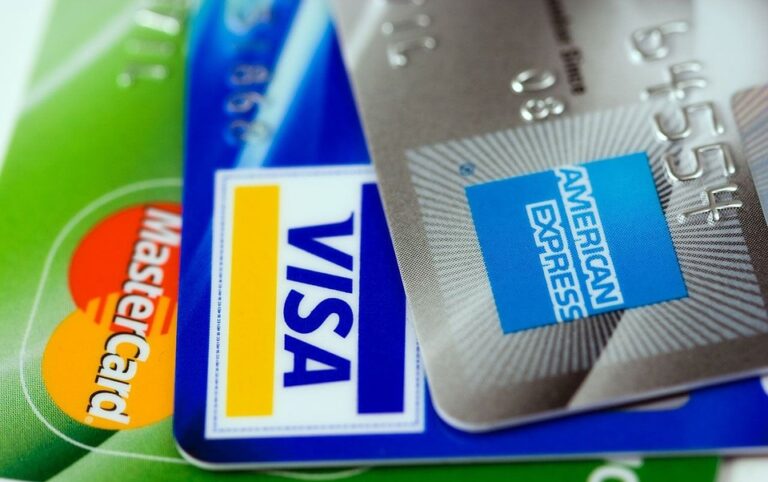Last updated Apr. 13, 2025 by Charles Zemub
Refinancing can be a strategic move to reduce your mortgage payments, lower your interest rate, or convert your mortgage into a term that better suits your financial situation. However, the decision to refinance is significant and should not be taken lightly. It’s essential to understand the different types of refinancing options available and which one to choose based on your personal financial goals and circumstances.
Understanding Refinancing
Refinancing involves replacing your existing mortgage with a new loan, typically to take advantage of lower interest rates or to alter the loan’s structure. This new loan pays off your previous one, thus "refinancing" your mortgage. However, it’s important to note that refinancing comes with costs such as closing fees, appraisal costs, and other associated expenses. Therefore, assessing your current financial condition, your goals, and how long you plan to stay in your home is crucial before making a decision.
Types of Refinancing Options
There are several refinancing options available, each with its specific benefits and conditions. These include rate-and-term refinancing, cash-out refinancing, and cash-in refinancing.
1. Rate-and-Term Refinancing
Rate-and-term refinancing is the most common type of refinancing. It involves changing the interest rate, loan term, or both. This type of refinancing is usually pursued when interest rates drop, allowing homeowners to secure a lower rate, reduce their monthly payments, and potentially save thousands of dollars over the life of their mortgage.
Pros:
- Lower Interest Rates: This is the primary reason many choose this option. Lower rates can significantly reduce monthly payments.
- Change Loan Terms: You can switch from a 30-year mortgage to a 15-year one, significantly reducing the amount of interest paid over time.
- Stability: If you refinance from an adjustable-rate mortgage (ARM) to a fixed-rate mortgage, it brings reliable consistency to monthly payments.
Cons:
- Fees: Closing costs can be up to 5% of the loan amount.
- Longer Break-even Period: It might take several years to recoup the costs of refinancing.
2. Cash-Out Refinancing
Cash-out refinancing allows homeowners to borrow more than they owe on the home, converting home equity into cash. This form of refinancing can be attractive if you have a specific purpose for the cash, such as home improvements or consolidating debt with a high-interest rate.
Pros:
- Lower Interest Rate Credit: You can take advantage of lower interest rates compared to personal loans or credit cards.
- Potential Tax Benefits: Interest on mortgages up to a certain amount may be tax-deductible.
- Improve Property: Using cash-out funds for home renovations can increase your property’s market value.
Cons:
- Higher Debt: You increase your overall debt, which could be risky if home values decrease.
- Reduced Equity: You lose some equity in your home, which could come into play if you plan to sell.
- Lengthen Loan Term: You might reset your mortgage term, increasing the time you owe.
3. Cash-In Refinancing
Cash-in refinancing involves paying down a significant amount of your mortgage during the refinancing process. This is less common but a good option for those who have savings and want to lower their mortgage balance to obtain a more desirable loan term or eliminate private mortgage insurance (PMI).
Pros:
- Reduce Loan Balance: By lowering the principal, you can achieve a lower LTV (loan-to-value) ratio.
- Eliminate PMI: If your home’s new LTV following the cash-in exceeds 20%, you may no longer have to pay private mortgage insurance.
- Best for Interest Saving: This method significantly reduces the long-term interest paid over the course of the loan.
Cons:
- Liquidity Reduction: You tie up cash in your home, which might otherwise be used for emergencies or investment opportunities.
- Closing Costs: As with all refinances, you must still pay closing costs.
Choosing the Right Refinance for You
Choosing the right type of refinance depends on your financial goals, your current mortgage terms, and your future plans.
Assess Your Financial Situation:
Before deciding, evaluate your current financial situation. Consider your credit score, your home’s equity, available cash savings, and how long you plan to remain in your home.
Set Clear Financial Goals:
Determine what you want to achieve with refinancing. Do you wish to lower your monthly payments, pay off your home quicker, or get access to cash for other needs?
Consider Economic Conditions:
Keep an eye on the interest rate trends. It’s generally a good decision to refinance when interest rates are significantly lower than your current mortgage rate.
Run the Numbers:
Calculate the break-even point to understand how long it will take to recover the costs associated with refinancing. Ensure the savings outweigh the costs of refinancing over your intended period of remaining in the property.
Benefits and Risks of Refinancing
Benefits:
- Lower Monthly Payments: Reduce your financial obligation with lower interest rates.
- Shorter Loan Term: Pay off your home quicker and save on interest.
- Access to Equity: Useful for home improvement and debt consolidation.
Risks:
- Cost: Upfront expenses can cut into your expected gains.
- Long-Term Debt: Extending your loan term may keep you in debt longer.
- Market Sensitivities: Property value drops could put you into negative equity with cash-out refinances.
✓ Short Answer
Choosing the right refinancing option depends on your financial objectives and circumstances. If your goal is to lower interest rates and monthly payments, a rate-and-term refinance is suitable. For tapping into home equity, opt for cash-out refinancing. Conversely, cash-in refinancing could work if you aim to reduce your loan balance or eliminate mortgage insurance. Assess your financial status, calculate costs, and consider how long you’ll stay in your home to identify the most beneficial choice that aligns with your goals and economic conditions.
Frequently Asked Questions (FAQs)
Q: How much does refinancing typically cost?
A: Refinancing costs vary but expect to pay 3-5% of the loan amount. Costs include origination fees, appraisal fees, and closing costs. Always compare offers to ensure you are getting the best deal.
Q: How often can you refinance your home?
A: You can refinance as often as it makes financial sense. However, evaluate the costs involved and ensure you’re benefiting from each refinance.
Q: Does refinancing affect credit score?
A: Yes, refinancing can temporarily lower your credit score due to the hard inquiry and the new credit account. The impact is often minimal and improves over time if you maintain healthy credit habits.
Q: When is the best time to refinance?
A: The best time is when interest rates are significantly lower than your current mortgage rate and you plan to stay in your home long enough to recoup refinancing costs.
Q: Can you refinance if you have bad credit?
A: Refinancing with bad credit is challenging, but not impossible. Options such as FHA loans or VA loans are more forgiving. Check with lenders to determine eligibility and terms.
Refinancing your home can offer multiple financial benefits, but the key lies in choosing the right type of refinancing to suit your personal financial goals. By understanding the different options and evaluating your circumstances, you can make an informed decision that supports your long-term financial health.





